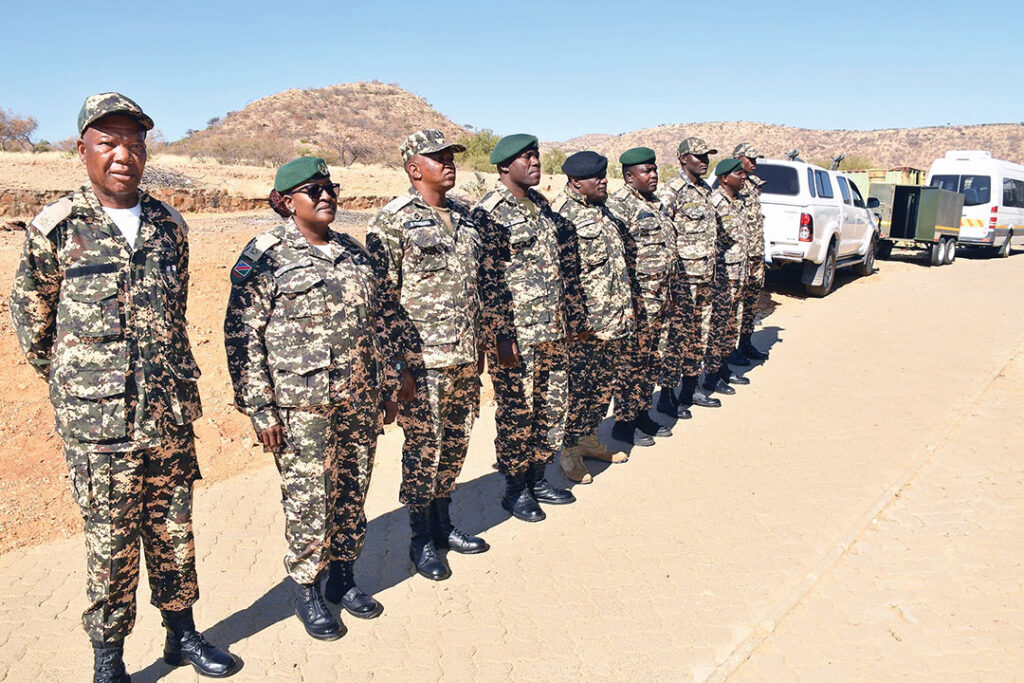ADF STAFF
Effective communication is key to any successful operation, but it becomes exponentially more difficult when the operation involves multiple countries with a variety of technologies and techniques.
That fact underpinned the Southern African Development Community’s (SADC) communications Exercise Dipuisano in Botswana. “Dipuisano” means “discussions” in Sesotho.
As African nations work to respond to crises with regionally organized interventions, the ability to seamlessly communicate is more important than ever. Regional economic communities such as SADC are working to improve communications standards, Brig. Gen. Oreeditse Sheriff Tsamaase of the Botswana Defence Force said during the exercise.
The two-week exercise brought together military, police and civilian representatives from 10 SADC members: Angola, Botswana, the Democratic Republic of the Congo, Lesotho, Malawi, Namibia, South Africa, Tanzania, Zambia and Zimbabwe.
“The exercise is important for Namibia as it provides a platform for SADC [Standby Force] to test communication equipment, which in most cases are from different manufactures with different form factors,” Col. Petrus Shilumbu, spokesperson for the Namibian Ministry of Defence and Veterans Affairs, told ADF by email. Namibia sent 21 representatives to the event.
The SADC created its Standby Force, also known as the Standby Brigade, in 2008 to respond to regional crises. It became fully operational in 2017.
The SADC Standby Force is one of five regional forces that contribute to the African Standby Force established by the African Union. The SADC Standby Force is tasked with peacekeeping in nations experiencing political disruptions. The force is designed to restore peace and to act to prevent the spread of instability from one country to its neighbors.
The force was deployed in 2021 as a counterinsurgency mission to support Mozambique in fighting terrorism and violent extremism in Cabo Delgado, the gas-rich province bordering Tanzania. That mission continues.
“The exercise realized that challenges in communications, especially on interoperability of equipment, voice procedures and the absence of standard operating procedures, do exist,” Shilumbu told ADF.

